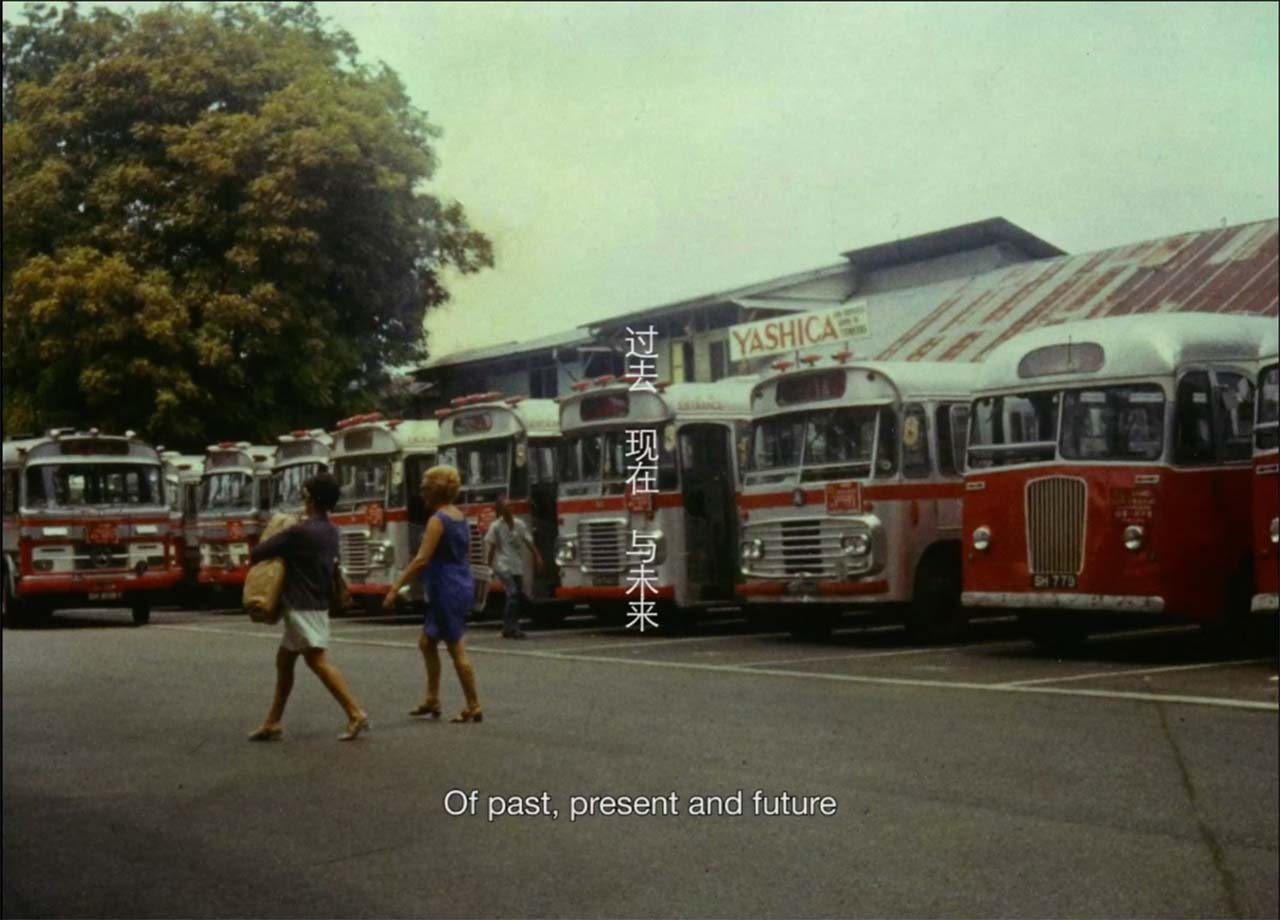Blurring The Lines Between Documentary and Fiction
This article contains spoilers.
We live in an exciting time where filmmakers are not afraid to experiment with different forms of cinema for the sole purpose of storytelling. The distinction between documentary and fiction films in the past was clear, but as we progressed into an era of technological accessibility, it has allowed us to blur the lines between the two forms of cinema. The advent of lightweight cameras and digital cinema has allowed fiction filmmakers and documentarians to cross boundaries in stylistic choices to present their work. In documentaries, the use of reenactments make it seem like it is a fiction film. And in the case of fiction films, the visuals are presented in a clear documentary form. One classic example of a filmmaker that synergises the mode of documentary strategies with fiction filmmaking is Iranian auteur, Jafar Panahi. He makes it seem like his films are a documentary with the visual storytelling through cinematography. It challenges the expectations that the audience assumes for a documentary – that it is somewhat truthful or objective, and at times, we hold this pseudo journalistic standard to documentaries. But just like Panahi’s films that are presented in a documentary style, a big part of them scripted. At times, we are so engrossed in the way the story is presented to us that we can forget that we are watching a fiction film.
That’s what happened to me when I watched Carlo Fajarda’s short film, Suerte. I first saw it at this year’s Busan International Film Festival and honestly, I walked out the cinema feeling really embarrassed because I forgot I was watching a fiction film somehow. I truly believed I was watching a documentary at one point, where the events in the story made it seem realistic. When I realised that Carlo’s film was in competition in South East Asian Short Film category for the Singapore International Film Festival, I knew that I had to write about the crucial moment he managed to blur the lines between documentary and fiction films.
Suerte tells the story of two student filmmakers in the Philippines who are shooting a documentary about the drug trade. The student filmmakers follow two teenage brothers who get involved in this drug trade. The visuals we see on screen are presented from the point of view of the student filmmakers, who are behind the camera capturing the story as it unfolds.

The film starts out as what Bill Nicholas would classify as the observational mode of documentary filmmaking. Specifically, ‘Cinema Verite’, which uses the camera to unveil the truth or highlight subjects hidden behind crude reality. In this case, these techniques are used to reveal the reality of teenagers being killed over drug trafficking – a realistic sentiment that is still happening in the Philippines today.

For this mode of documentary filmmaking, the documentarians would not usually actively intervene with their subjects. Their job as documentarians is to follow their subjects. By using this strategy, Carlo sets up the expectation for Suerte – that one would watch it from the point of view of the student filmmakers. We don’t see them, but we hear their voices behind the camera, to remind the audience that they are indeed watching a ‘documentary’.
However, there is a point in the film where these student filmmakers eventually become the subjects in their own film. Carlo strategically makes the student filmmakers ‘film’ themselves, finally revealing to the audience the men behind the camera. During the climatic part of the entire film, these student filmmakers have to become actively involved in the story, while still upholding the premise that the audience only watches what happens through their lens. It’s an interesting strategy that builds tension quickly, and it is the moment which I become really engrossed in the film and forgot for a moment that I was watching something that was scripted. To me, it was genius because I was rooting for the student filmmakers.

An interesting trivia for this film is that the filmmaker himself was acting in the film – he was one of the student filmmakers. It didn’t occur to me at all until I watched the film again in Singapore as part of the Youth Jury and Critics Program for the Singapore International Film Festival 2017. It added another important layer to the story because the director himself is telling a story that is really personal to him. I read in an interview that the characters and story were based on his ex personal encounters and experiences. It made my heart break, but at the same time, increased the respect that I have for the director, whom I also happened to briefly see in Busan. To top it off, this film was made as part of his thesis for his undergraduate studies. It clearly shows that even as student filmmakers, creativity, intelligence and sincerity cannot be taught in a textbook.
The choice to blur the lines between documentary and film allowed the filmmaker to present his truth. Could it backfire at times? Yes, probably. It could be deemed as using a ‘truthful’ medium to present a fiction film. However, I think that in Suerte, it was artfully done because Carlo was in the film himself and his presence in the film made his voice a filmmaker much stronger.
Suerte is in Programme 3 competing for the South East Asian Short Film Competition in 2017’s Singapore International Film Festival.


